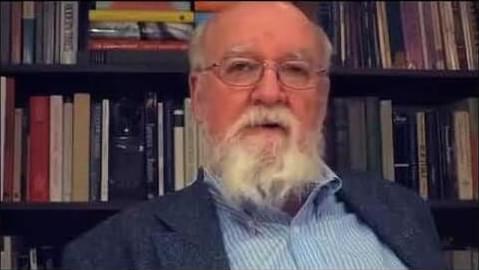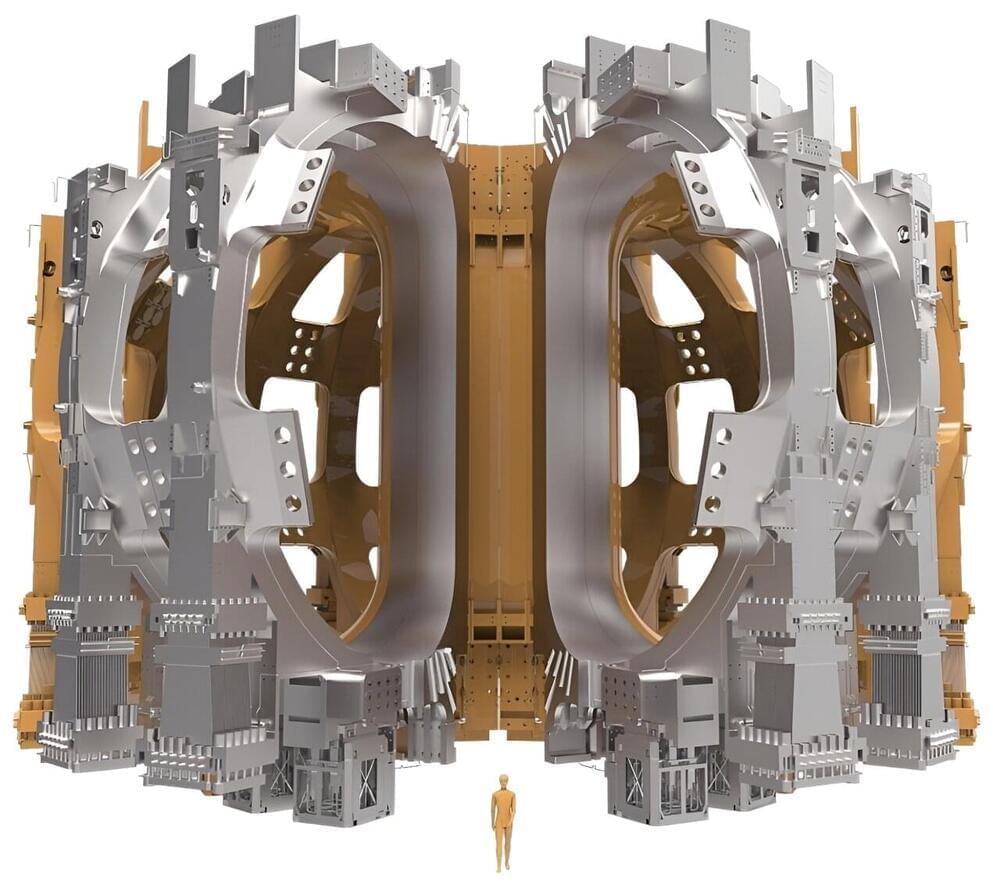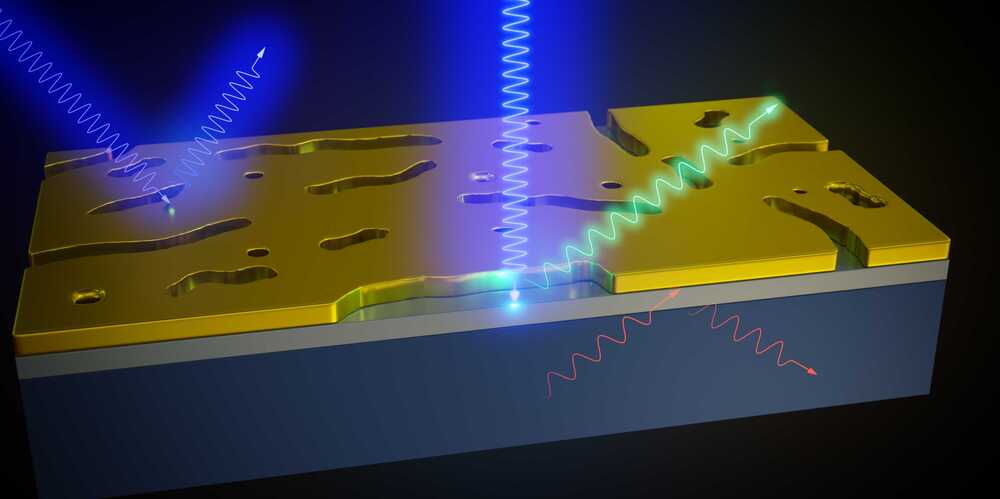Jul 13, 2024
Daniel Dennett on the Mind as Computer
Posted by Dan Breeden in categories: computing, education
King Philosophy is a global organisation dedicated to developing emotional intelligence, both through our YouTube channel and our real-life school located on 10 campuses around the world. We apply psychology, philosophy, and culture to everyday life, addressing the questions we’re never taught enough about at regular school or college: How can relationships go well? What is meaningful work? How can love last? How can one find calm? What has gone wrong (and right) with capitalism? We love the humanities, especially philosophy, psychotherapy, literature and art — always going to them in search of ideas that are thought-provoking, useful and consoling.
We’re about wisdom, emotional intelligence and self-understanding.

















